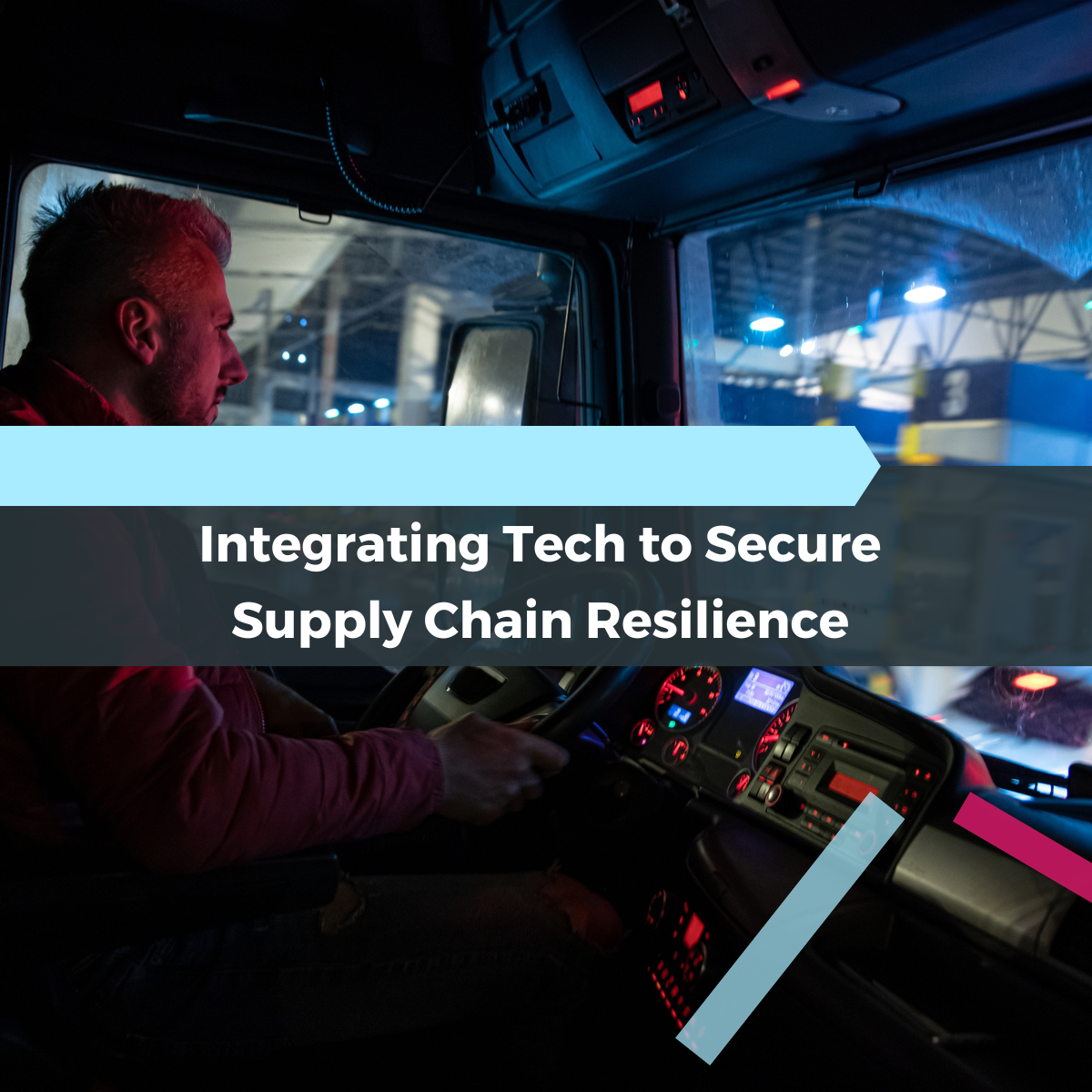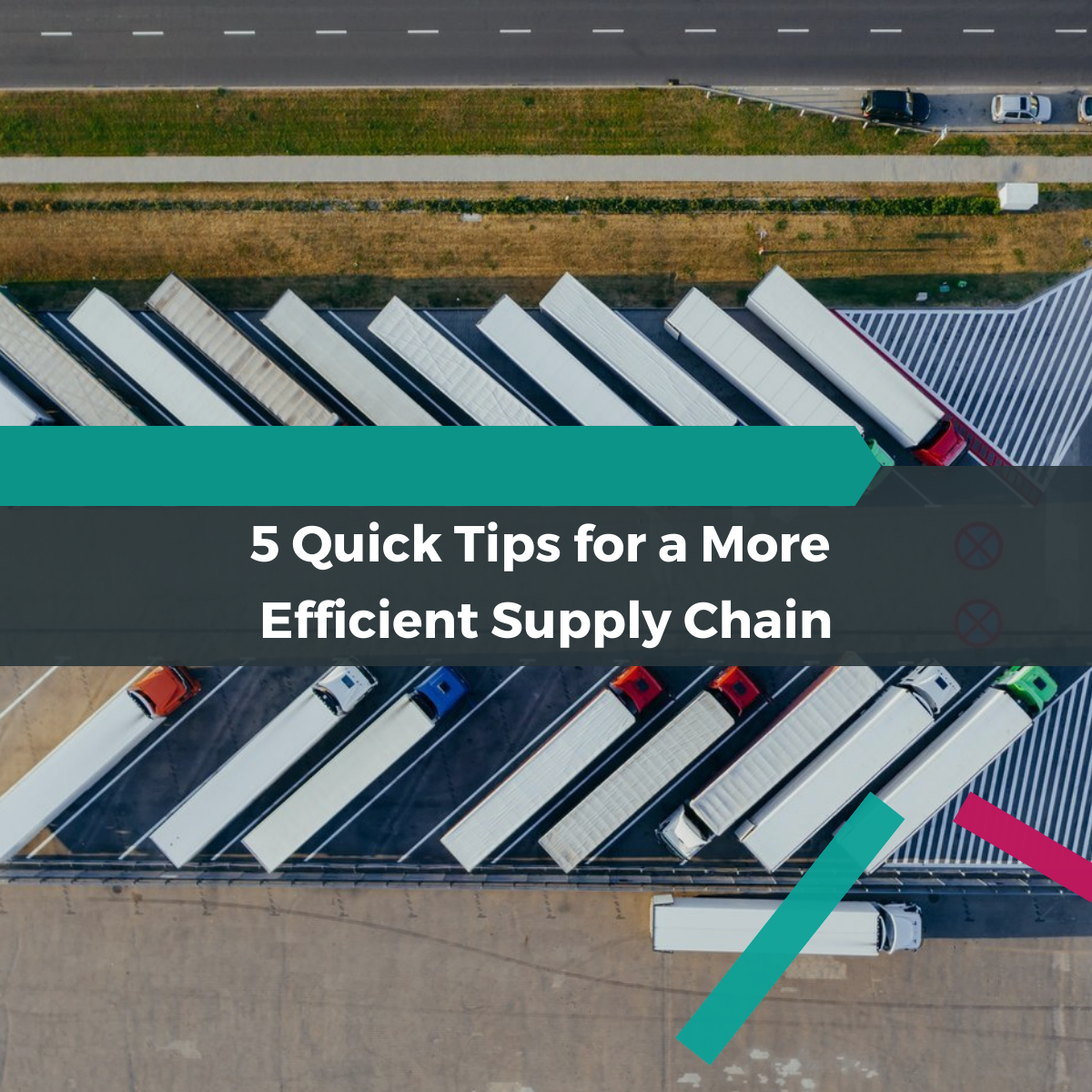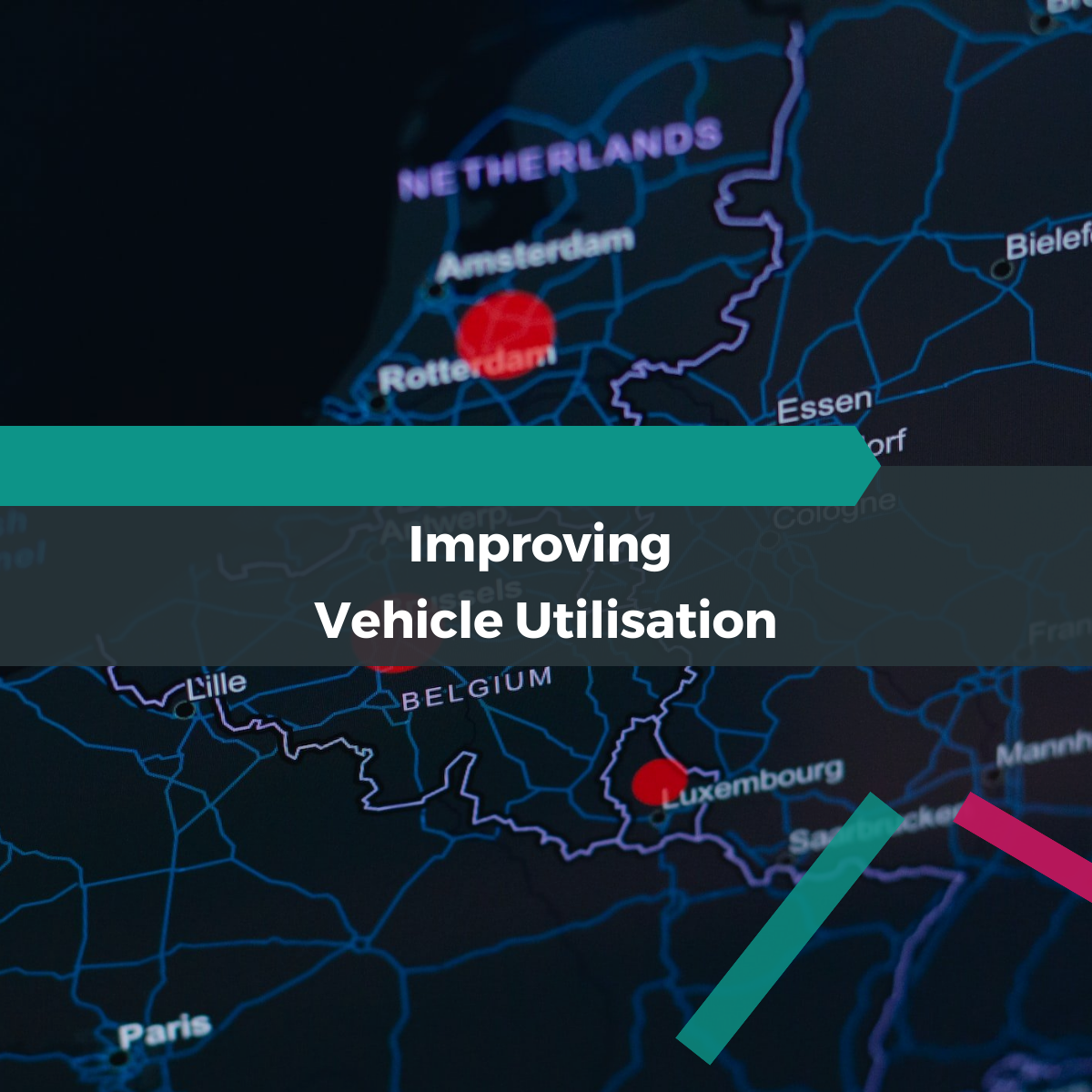A Greener Way to Deliver: 5 Ways to Increase Supply Chain Sustainability.

As you read this, a truck driver is hauling a truck load of goods across the country, in fact, thousands are. Perhaps it's a load of fresh flowers destined for your kitchen table, or maybe it's a shipment of fresh produce ready for your fruit bowl.
But despite being the backbone of our society, the freight industry has a secret; it is shockingly inefficient.
In fact, nearly half of the trucks we see are effectively not being used; the utilisation of lorries on our roads is only 47.6%.
This highlights the equally shocking facts that, the average vehicle fill is only 62% (or 16 out of the potential 26 pallets a truck could take), and 30% of these trucks on our roads are just completely…empty.
So in reality, those trucks we imagined earlier.. might actually just be empty.
But surely for such an essential part of our society that can’t just be it?
And the truth is it doesn’t have to be. With the continuous arrival of new technologies and advancements, we have the opportunity to adopt sustainable practices that not only benefit your bottom line but also our planet.
Let's delve into ways we can maximise each mile and create a more efficient, sustainable world that benefits everyone.
Vehicles and fuel
Of course, one of the most obvious switches is moving away from the fossil fuels that pollute our planet. In recent years, there has been a significant increase in the adoption of electric-powered vehicles and alternative fuels.
These vehicles have near-zero emissions, are less expensive to operate and can be a great way for companies to reduce their carbon footprint. Replacing old vehicles over time is a great start.
It's of course, worth noting that electric trucks currently have limited mileage range compared to their diesel counterparts and require more time to recharge their batteries.
However, advancements in battery technology and the expansion of charging infrastructure are making electric trucks a more viable option for longer hauls.
But obviously, this doesn’t fill the empty trucks we spoke about in the beginning, so what will?
Optimise your own resources
It's important to identify any problems or inefficiencies in your current system and then develop strategies to address them.
This involves pinpointing how to best utilise your available resources, whether that be making changes to your logistics processes, including route planning and load consolidation or optimising inventory management.
By taking these steps, you can create a supply chain that runs smoothly, is cost-effective and sustainable.
Remove unnecessary tasks and empower your internal team
Why have someone manually calculating transport costs when it could be automated to allow them to focus on higher-value activities?
Automating processes and capitalising on your internal team is another critical aspect of supply chain efficiency, which in turn affects sustainability.
By automating certain tasks or processes, companies can reduce costs, save time, and free up resources to focus on strategic initiatives that benefit both the business and the planet.
Collaboration among supply chains
Collaboration is an essential aspect of sustainable logistics operations. By working together, companies can optimise their resources, reduce costs, and improve sustainability.
Collaboration can take many forms, such as vehicle sharing, consolidating shipments, and sharing warehousing space. Companies can reduce the number of trucks on the road and minimise the environmental impact of their operations.
Collaboration can also add a level of resilience to the supply chain that working as a sole company simply can’t achieve. Parties can share information, identify potential risks and disruptions, and develop contingency plans to mitigate them.
By collaborating with partners, organisations can also access new ideas, expertise, and resources that can help to drive innovation and growth.
Use Tech!
For all of these ideas mentioned, one thing makes them all more efficient - supply chain engineering. Technology gives you the power of visibility in your supply chain allowing you to track inventory, monitor production processes, and manage logistics in real-time.
By integrating technology into your supply chain, you can gain valuable insights into your operations and make data-driven decisions. This can help you reduce costs, increase efficiency, improve customer satisfaction and of course, reduce your carbon emissions.
In conclusion…
Those trucks we spoke about earlier, don’t have to be empty. They could be carrying a load of fresh flowers and then pick up a shipment of fresh produce intended for their return destination.
We need to think critically about how we can optimise our industry to reduce waste and emissions. The inefficiencies may seem daunting at first, but the solutions are becoming easier to implement every day as we all drive towards sustainable logistics.
Since writing this article, The Grocer wrote an in-depth piece about this topic and Chill-Chain was part of the conversation, you can read it here.
































